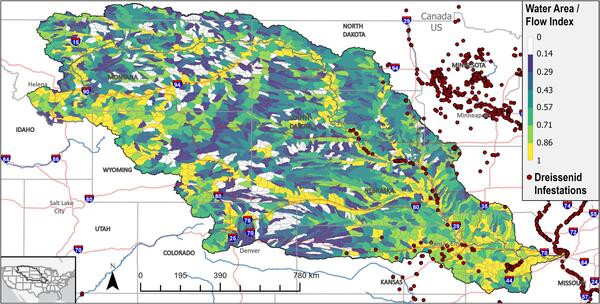This proceedings is prepared for the USBR and Glen Canyon Dam Adaptive Management Program (GCDAMP) to account for work conducted and products delivered in FY 2023 by SBSC's Grand Canyon Monitoring and Research Center (GCMRC) and to inform the Technical Work Group of science conducted by GCMRC and its cooperators in support of the GCDAMP. It includes a summary of accomplishments...
Authors
Andrew Schultz, Gregory Anderson, David Topping, Ronald Griffiths, David Dean, Paul Grams, Keith Kohl, Gerard Salter, Matthew Kaplinski, Katherine Chapman, Erich R. Mueller, Emily Palmquist, Bradley Butterfield, Joel B. Sankey, Bridget Deemer, Charles Yackulic, Lindsay Hansen, Drew Eppehimer, Theodore Kennedy, Anya Metcalfe, Jeffrey Muehlbauer, Morgan Ford, Michael Dodrill, Maria Dzul, Pilar Rinker, Michael Pillow, David Ward, Josh Korman, Molly Webb, James Crossman, Eric Frye, David Rogowski, Kimberley Dibble, Lucas Bair, Joshua Abbott, Thomas M. Gushue, Erica Byerley, Joseph Thomas, Thomas Sabol, Bryce Mihalevich




